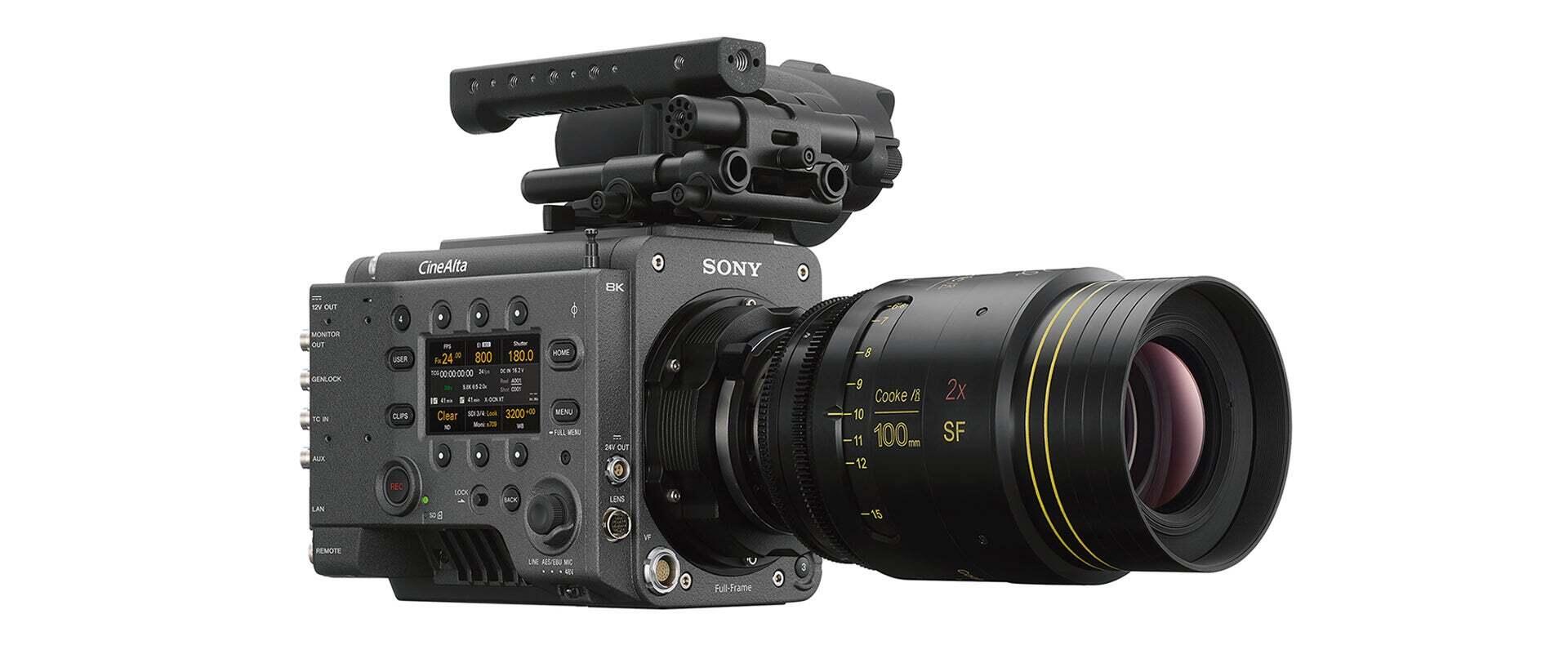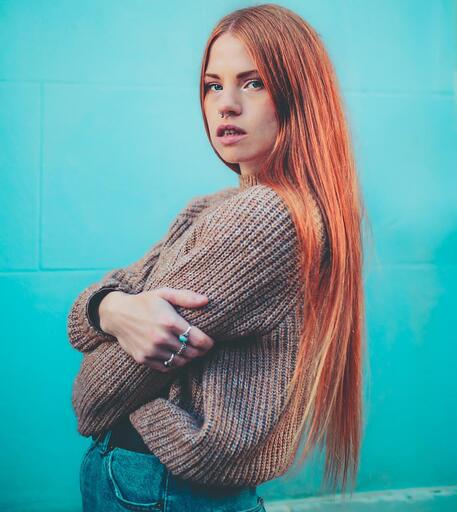Sony unveils the new CineAlta Venice 2 – an 8.6K full-frame cinema camera
The new Sony CineAlta Venice 2 has an impressive 8.6K sensor, Dual Base ISO and 16 stops of dynamic range

Update 10 December 2021: Sony has now revealed the prices for all models of the Venice 2 as disclosed in a press release on its Japanese site.
Prices for the 8k model (main unit only, tax included) will be approximately $59,800 / £45,260 / AU$ 83,570. Prices for the 6K model will be (main unit only, tax included) approximately $54,500 / £41,280 / AU$76,200, with the AXS-A1TS66 memory card expected to cost $4,640/ £3,515 /AU$6,490.
Original story 16 November 2021:
Today Sony unveiled the new CineAlta Venice 2 – an 8.6K, full-frame professional cinema camera designed for high-end cinematography. The Venice 2 builds on the foundations of the original Venice, which was designed to give cinematographers more creative freedom. The updated version shares several similarities with the original Venice but it features a newly developed 8.6K sensor, a more compact design and more compatible codecs.
The original CineAlta Venice was released in 2016, so it was well overdue for an upgrade. The Venice 2 promises excellent image quality thanks to its 16 stops of dynamic range, which enable it to capture images with excellent color separation and shadow detail. The Venice 2 has a dual base ISO of 800/3200, and is capable of shooting in full-frame, full-frame anamorphic and Super 35mm at 4K resolution, making it a versatile option for filmmakers.
• Read more: Best cinema cameras
The new Venice 2 might look very similar to the original Venice, but it is in fact 44mm smaller and 10% lighter – which makes it perfect for use with a drone or Steadicam. It does, however, feature the same color science as the original Venice that helps capture natural skin tones and fine details.
There will be two sensor options available – either the newly developed 8.6K sensor or the 6K sensor from the original Venice. While the original 6K sensor will allow for higher frame-rates, the 8.6K sensor obviously has much higher resolution, able to capture images at 8640 x 5760 while the 6K sensor offers up to 6048 x 4032. Both offer powerful oversampling capabilities for incredible 4K as well.
Get the Digital Camera World Newsletter
The best camera deals, reviews, product advice, and unmissable photography news, direct to your inbox!
One of the major improvements on the original Venice is that you no longer need an external AXS-R7 recorder to record 4K RAW footage. Filmmakers will be able to internally record 16-bit X-OCN (X-Original Camera Negative), a new codec from Sony that brings the flexibility usually only available with 16-bit linear RAW files. It can also capture in 4K ProRes 4444 and 422 HQ with no need for an external recorder.
Other updates include the ability to apply 4K LUTs (find out the difference between a lut and shooting in log) on output, an 8K output over SDI, an internal scratch microphone, a relocated LAN connector from the operator side to the assistant side, improved 3D LUTs, ethernet and wireless control of LUT configurations and 2-pin LEMO-type power output.
Sony has worked with several of the industry's top cinematographers to test the camera's image quality without using any professional lighting. The award-winning cinematographer Robert McLachlan, who worked on Game of Thrones, Westworld and Lovecraft Country, was one of the test cinematographers to offer his opinion.
"I really wish we'd had a large format, 8.6K sensor like Sony Venice 2 on my past work. It would have made it feel even more epic and, at the same time, more engaging, thanks to the increased resolution, richness, and dimensionality. The increased speed, cleaner highlights, and shadows together with the potential for super-shallow depth of field would have been a huge asset."
It's expected that the Venice 2 with an 8.6K sensor will start shipping in February 2022, while the 6K version won't start shipping until March 2022.
Read more:
Best cameras for filmmaking
Best cameras for video
Best video editing software
Best Black Friday camera deals
Best Sony Black Friday deals

Having studied Journalism and Public Relations at the University of the West of England Hannah developed a love for photography through a module on photojournalism. She specializes in Portrait, Fashion and lifestyle photography but has more recently branched out in the world of stylized product photography. Hannah spent three years working at Wex Photo Video as a Senior Sales Assistant, using her experience and knowledge of cameras to help people buy the equipment that is right for them. With eight years experience working with studio lighting, Hannah has run many successful workshops teaching people how to use different lighting setups.
